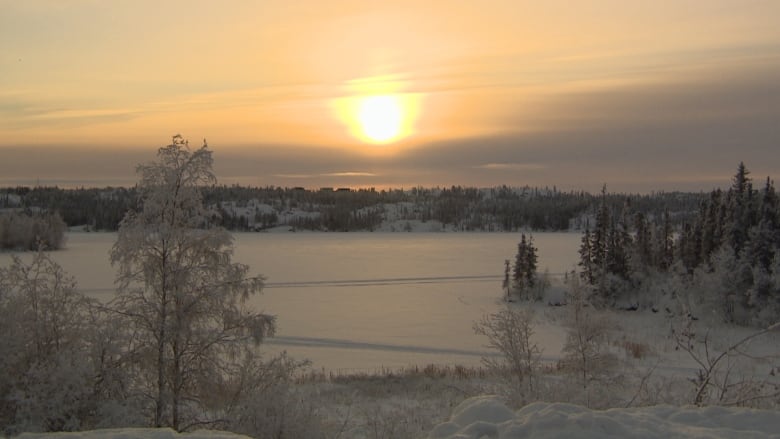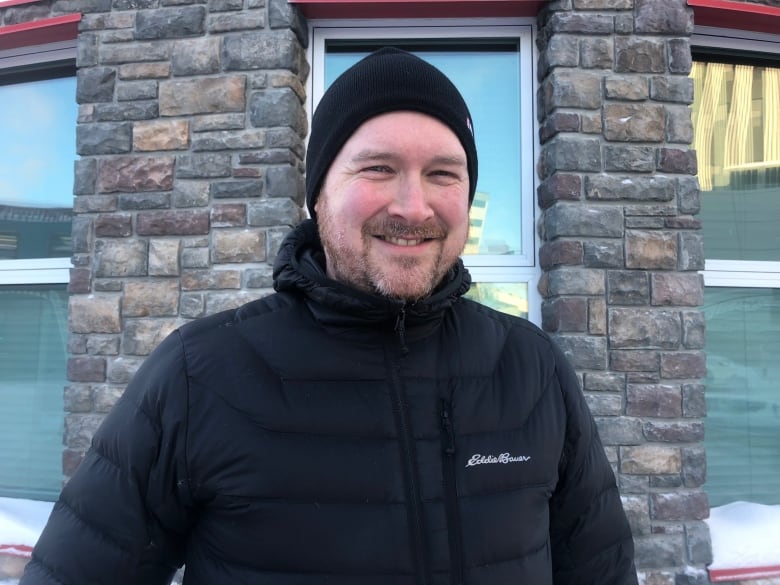-36 degrees Celsius: just another day in Yellowknife, Northern Canada

With temperatures as low as –36 C in Yellowknife, Northwest Territories, Environment Canada issued an extreme cold warning on Sunday afternoon through to Monday morning, and Canadians continued the tradition of one-upping each other’s chilly cities.
Last Friday, the City of Toronto (southern Ontario) issued an extreme cold warning for –8 C, which prompted a cheeky “Aww that’s cute” response from a Winnipeg, Manitoba Twitter account.
JUST IN: The City of Toronto has issued an extreme cold weather alert ahead of a drop in temperatures. It will be -8 C this afternoon, feeling more like -18 with the windchill.
— CTV Toronto (@CTVToronto) 25 janvier 2019
Manitoba, southeast of the Northwest Territories, has seen extreme cold warnings for days, with wind chills making it feel like –53 and daytime temperatures around –30 C.
But by Yellowknife’s standards, Toronto’s weather seems almost pleasant.
“I think this [is] the coldest place I’ve been in my life,” exclaimed Jessie Zou, who was visiting the territory’s capital from Vancouver, or as she describes it: “The warmest city in Canada.”
She says the coldest day she’s experienced in British Columbia (West Coast) is a balmy –6 C, a full 30 degrees warmer than Monday morning in Yellowknife. She was glad to be going home to Vancouver, B.C. on Monday.

Patrick Jacobson also hails from Vancouver, and has been in the North for four years. To him, there’s no comparing B.C.’s weather to Yellowknife’s.
“You don’t hit extreme temperatures like this, but [in Vancouver] you do kind of get that chilled through to your bone kind of sensation,” Jacobson said.
“There’s a bit of a survivor mentality [in Yellowknife], it kind of feels good to get through a winter up here… It feels like something that Canadians should be used to.”
Jacobson said he had “a bit of a chuckle” at an extreme cold warning issued for Vancouver on Jan. 15, when it was about –1 C outside.

How do cold warnings work?
For Trisha Paradis, who’s lived in the North for almost 15 years, Monday was just a typical day. She has trouble understanding what prompts some weather warnings.
“The ones that I don’t understand [are] when they put in Edmonton, Alberta it’s –20 with the –25 wind chill and they get an extreme cold warning, and we’re at –40-something, no extreme cold warnings.”
“Our extreme cold warnings are based on a specific criteria for different locations,” explained Matt MacDonald, a spokesperson for Environment Canada.

For example, in Yellowknife Environment Canada issues an extreme cold warning when the wind chill or air temperature drops to –50 for at least two hours; on B.C.’s south coast it’s –35, and for Toronto it’s –30.
“The extreme cold criteria is based on climatology and people’s capacity to adapt to extreme cold,” MacDonald said.
However, he said sometimes cities will issue cold weather warnings, especially if they have a large homeless population.
Yellowknife’s overnight temperature drops below zero 225 days a year, according to Environment Canada. By comparison, Vancouver sees an average of 40 nights a year drop below zero.
Of course, this week’s cold weather also isn’t out of the ordinary for this time of year. The average low for Jan. 28 is –30.4 C. It’s supposed to warm up to a comfortable high of –26 C in Yellowknife on Tuesday. By Thursday, the city is forecasted to be back to a low of –37 C.
Paradis has advice for getting through the cold.
“Get a little bit more bundled up, then we’re fine… as long as we dress for it, it’s not a big deal.”
Related stories from around the North:
Canada: Northwestern Canada: hopes sinking for Dawson City ice bridge, despite cold snap, CBC News
Finland: Arctic Finland: Coldest weekend so far this winter, Yle News
Norway: December sea ice levels in Arctic Europe at record low, The Independent Barents Observer
Sweden: Strong winds roar across central Sweden, Radio Sweden
United States: Alaska’s Cold War radars face new threat from climate change, Alaska Public Media



